Why This Matters: Portfolios, Prints, and the Global Puzzle
If your child is building an AP portfolio—especially in courses like AP Studio Art or any project-based AP that asks for physical work—you may suddenly find yourself navigating a world of prints, archival papers, shipping labels, customs forms, and deadlines. For families with international shipping needs, the situation becomes extra delicate: costs multiply, timelines stretch, and the stakes feel higher because what’s being mailed is often irreplaceable creative work.
This guide is written for parents who want practical, calm, confidence-building steps. It walks through the planning, the packing, the paperwork, and the reasonable choices that protect the art, respect budgets, and keep stress levels manageable. Along the way we’ll offer examples, compare options, show a sample timeline, and highlight how targeted support—like Sparkl’s personalized tutoring—can make the process smoother.
Start with the Calendar: Deadlines and Lead Times
The single most helpful thing you can do is make a timeline together with your student. Deadlines can be firm (submission windows, exam dates) and shipping windows can be unpredictable. Build plenty of buffer time into every step.
Typical timeline checklist
- Project completion target: 3–4 weeks before final submission.
- Dry-mounting/printing and framing (if required): 1–2 weeks.
- Local courier/print shop turnaround: 2–7 days depending on complexity.
- International shipping: 5–21+ business days depending on service, customs, and country.
- Customs clearance and import delays: add 3–10 business days as a cushion.
Example: if the AP portfolio deadline is May 1, aim to have final prints and packaging done by April 1–7 and a confirmed shipping slot by April 10. That gives room for unexpected holds.

Printing: Choices That Protect Quality
Printing choices determine how faithfully the work translates from screen to physical object. For portfolio courses, fine art prints or photographic prints on archival paper are common. Consider the following:
Paper and print types
- Giclée (inkjet on archival paper): excellent for color fidelity and longevity.
- Photographic prints (silver halide or dye-sublimation): great for photos; high gloss, satin, or matte finishes available.
- Matte heavyweight paper: reduces glare for charcoal, pencil, and mixed media reproductions.
- Archival, acid-free mats and backing: protect the artwork during transit and storage.
When ordering prints from a local or online lab, request a proof print first. A proof helps you catch color shifts, crop issues, or sizing mismatches before an entire set is produced.
Where to print (decision matrix)
| Option | When to Choose | Pros | Cons |
|---|---|---|---|
| Local print lab | When you want hands-on control and same-day pickup | Fast turnaround, opportunity to inspect proofs, talk to technicians | May be pricier; limited paper stock in small towns |
| Specialty online lab | When archival options and color accuracy are critical | Wide material selection, standardized processes, shipping to you | Longer lead time; depends on reliable shipping |
| School or college lab | When cost is a concern and quality is acceptable | Lower cost, access to students’ resources | Limited hours, variable expertise, may require appointment |
Packing: How to Keep Prints Safe
Packing strategy varies with the type of piece. Rolled canvases, flat prints, and three-dimensional components each need different treatments. Here are core principles:
Packing essentials
- Use acid-free tissue paper between prints to prevent sticking and abrasion.
- Rigid backing board (corrugated or foam core) to prevent bending.
- Bubble wrap for fragile items; corner protectors for framed pieces.
- Properly sized, sturdy shipping boxes—double-walled for heavier pieces.
- Clear labeling: “FRAGILE,” “DO NOT BEND,” and include a packing list inside the box.
For rolled prints, a heavy-duty mailing tube with end caps and internal padding works well. For flat prints, use an archival flat folder or a rigid portfolio mailer. If the portfolio includes mixed media or three-dimensional components, consider photographing those pieces at multiple angles and including the photos in the shipment as reference.
Customs and Paperwork: Expectation vs. Reality
International shipping introduces customs declarations. The key is to be honest, accurate, and prepared.
What you’ll typically need
- Commercial invoice or pro forma invoice describing contents (e.g., “Student artwork: printed images on archival paper”).
- Harmonized System (HS) code—ask your courier or local postal service for guidance.
- Value declaration: list the true cost of the prints or a reasonable fair market value; misdeclaring value can cause penalties.
- Any country-specific import permits if the destination has rules about art imports (rare for student portfolios but possible for certain materials).
Note: Shipping as “documents” sometimes avoids customs scrutiny, but this only applies when the shipment meets postal service definitions—check with your carrier first. If in doubt, use a courier familiar with art shipping and customs paperwork.
Tips to minimize customs delays
- Include a clear packing list inside the box with the shipment’s exterior documentation.
- Keep declared values realistic and consistent across documents.
- Track the shipment and be ready to respond quickly if customs requests additional information.
- For urgent deadlines, choose a faster courier service that offers customs brokerage assistance.
Cost Considerations: Budgeting for Printing & Shipping
Costs can vary widely depending on size, weight, insurance, and destination. Below is a sample cost breakdown to help you estimate and plan. These are illustrative categories; actual prices will differ by provider and country.
| Item | Estimated Range (USD) | Notes |
|---|---|---|
| Fine art prints (per print) | $10 – $75 | Depends on size and paper quality |
| Framing or mounting | $15 – $150+ | Simple mounting is cheaper than custom framing |
| Packing materials | $5 – $40 | Mailing tubes, archival paper, bubble wrap |
| International shipping | $30 – $300+ | Depends on size, weight, service speed, and destination |
| Insurance | 1% – 3% of declared value | Recommended for high-value pieces |
To manage costs: consolidate multiple prints into a single shipment when possible, choose efficient packaging sizes, and compare carriers for the best combination of price and reliability. If cost is a major constraint, prioritize quality on the pieces most likely to be judged and consider economical options for supporting materials.
Choosing a Carrier: Speed vs. Cost vs. Reliability
Common options include national postal services, international couriers, and specialized art shippers. The decision often comes down to two questions: how fast do you need it to arrive, and how safe must it be?
Carrier comparison at a glance
- Postal services (economy): generally lowest cost, but longer transit times and variable tracking detail.
- Major couriers (express): fastest and best tracking, usually includes customs brokerage; higher cost.
- Specialty art shippers: ideal for extremely valuable or fragile pieces; they offer tailored crating and handling, but cost is high.
For most AP portfolios, a major courier with insurance and clear customs support offers the best balance of reliability and predictability.
Risk Management: Insurance, Photos, and Redundancy
Plan as if something could go wrong, and you’ll be pleasantly surprised when nothing does. Here’s a simple four-step risk plan:
Four-step risk plan
- Document everything: photograph each piece from multiple angles and record dimensions and materials.
- Insure appropriately: purchase transit insurance for the declared value, not just the replacement cost of paper.
- Create backups: keep high-resolution digital copies and, if feasible, a second set of prints stored locally or with a trusted relative.
- Track actively: sign up for delivery alerts and have the parent/guardian listed as an emergency contact with the courier if extra clearance information is needed.
Helping Your Student Prepare: Emotional and Practical Support
Parents often ask: how much should I intervene? The short answer: help where it matters, step back where it helps learning. Support falls into a few practical buckets:
Practical ways to help
- Be the logistics partner: manage timelines, make shipping appointments, and handle payment transactions.
- Provide a calm review: read packing lists, check proof prints for obvious issues, and give gentle feedback on presentation.
- Offer constructive boundaries: when the student is stuck in perfectionism, help them set a completion date and stick to it.
- Encourage documentation: ensure images are backed up and labeled clearly for future use in college applications or portfolios.
This is also a place where tutoring or mentorship can be valuable. A structured program—Sparkl’s personalized tutoring, for instance—can provide 1-on-1 guidance, tailored study plans, and AI-driven insights that help students prioritize pieces, refine curatorial statements, and hit deadlines without last-minute panic.
Curating the Portfolio: Story, Sequence, and Documentation
An’t just a stack of pictures: a portfolio should tell a coherent story about the student’s skills, process, and growth. Help your child think like a small exhibition curator.
Questions to guide curation
- What are the core strengths you want the viewer to notice first?
- Is there a clear narrative or thematic thread connecting pieces?
- Do the first and last images make complementary statements (opening and closing impressions)?
- Is documentation of process included—sketches, studies, or photos of works in progress?
Encourage the student to write concise, specific captions for each piece: title, medium, size, and a one- or two-sentence note about intent or process. This information is often requested during AP submission and is invaluable for admissions portfolios as well.
Real-World Example: A Parent’s Workflow
To make this tangible, here’s an example workflow a parent and student might follow for an international AP portfolio submission:
- January–March: Create and refine pieces; photograph work in progress.
- April 1: Complete final edits and choose portfolio sequence.
- April 5: Order proof prints from a reputable lab; review and approve proofs.
- April 10: Final prints made; begin archival mounting and labeling.
- April 12: Pack securely with documentation photos inside; insure and arrange courier pickup.
- April 15–30: Track transit and respond to any customs inquiries immediately.
- May 1: Confirm delivery or have contingency plan if delayed.
Common Pitfalls (and How to Avoid Them)
- Underestimating transit time: always add two weeks to expected delivery if customs are involved.
- Poor labeling: include an internal packing list and clearly label each print with the student’s name and piece title.
- Ignoring insurance: a cheap gamble that can cost much more than the insurance premium if something is lost or damaged.
- Last-minute printing: avoid this—proofing is essential to catch color or crop errors.
How Professional Help Can Fit In
There are moments when an expert touch is worth the investment: color management for critical prints, custom crating for fragile works, or a curator’s eye for sequencing. These services are not required for every student, but they can transform a good portfolio into a compelling one—especially when deadlines are tight and stakes are high.
If you and your student would benefit from structure—whether in time management, curatorial decisions, or technical preparation—a program like Sparkl can provide targeted, personalized tutoring. Sparkl’s tutors offer tailored study plans, 1-on-1 guidance, and AI-driven insights to help students prioritize, polish, and present their strongest work with confidence.
Final Checklist Before You Ship
- Proofs reviewed and approved by the student (and optionally a mentor).
- All prints labeled and accompanied by a printed packing list.
- Appropriate archival materials used for packing.
- Insurance purchased for declared value.
- Tracking number saved and delivery alerts activated.
- Emergency contact information available for customs or carrier issues.
- Digital backups of every piece and process documentation stored in at least two locations.
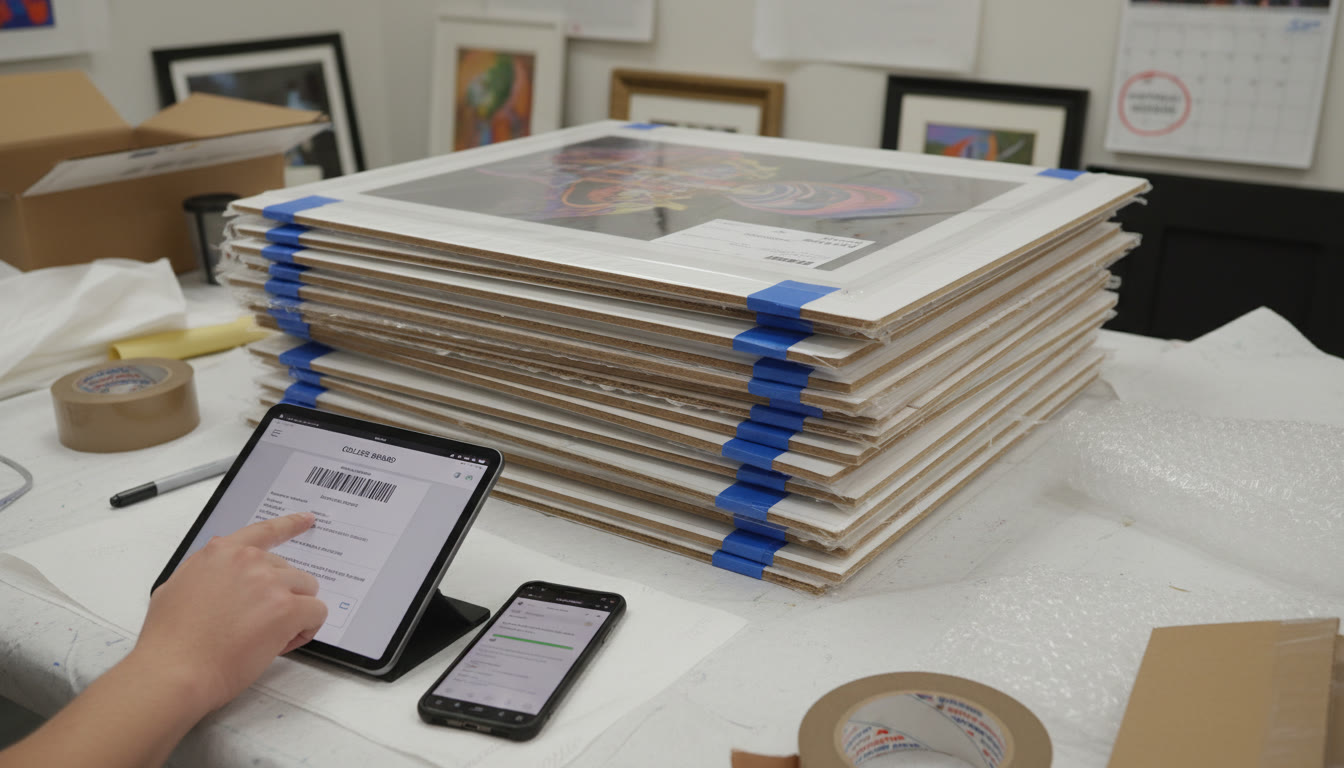
Parting Advice: Emphasize Growth Over Perfection
Portfolios are powerful because they reveal a student’s voice, curiosity, and development. As a parent, your role is to protect the work and the process, not to perfect the art. Celebrate the choices your child makes, and treat the logistics as a shared project that teaches planning, problem-solving, and resilience.
Remember that the tangible work is only part of the story. The communication—artist statements, captions, and the way the portfolio is sequenced—speaks volumes. A calm, well-documented, and carefully shipped portfolio tells evaluators that this student pays attention to detail and values the audience’s experience.
Need a Hand?
If you’d like more personalized help—whether it’s planning timelines, choosing print options, or curating the portfolio—consider scheduling targeted tutoring sessions. Programs like Sparkl offer one-on-one support that fits around your family’s schedule and gives students the technical and project-management tools to succeed. Small investments in guidance can reduce stress and make the whole process feel manageable and even rewarding.
Quick Resources for Next Steps
- Create a shared calendar with key dates and checkpoints.
- Book a proofing session with your chosen print lab well in advance.
- Photograph and back up all work immediately after it’s finished.
- Compare two shipping quotes—one reliable, one economical—and decide based on your deadline risk tolerance.
Shipping an AP portfolio internationally can feel complicated, but with a plan, the right materials, and a little external support when needed, it’s absolutely manageable. You and your student can turn this logistical challenge into a learning experience that strengthens both the portfolio and the skills needed for college life.
Wishing you steady timelines, safe deliveries, and a portfolio that makes your student proud.


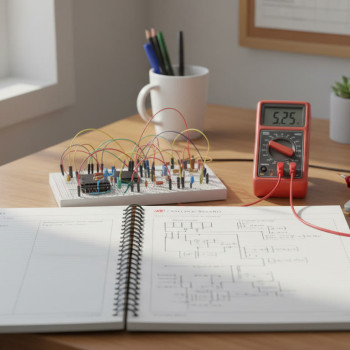

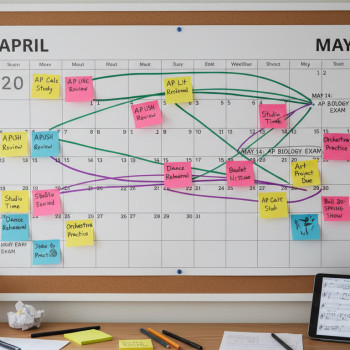
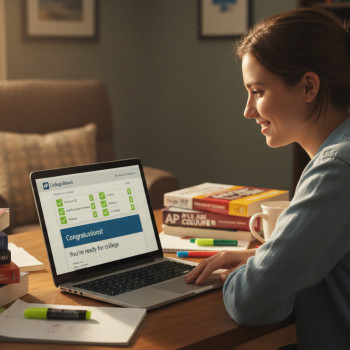
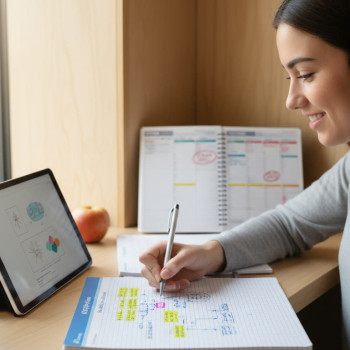
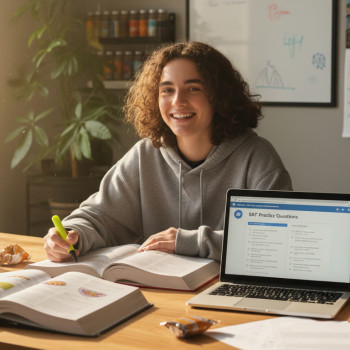











No Comments
Leave a comment Cancel